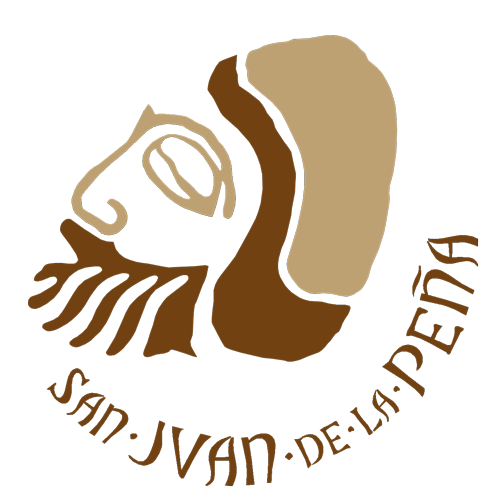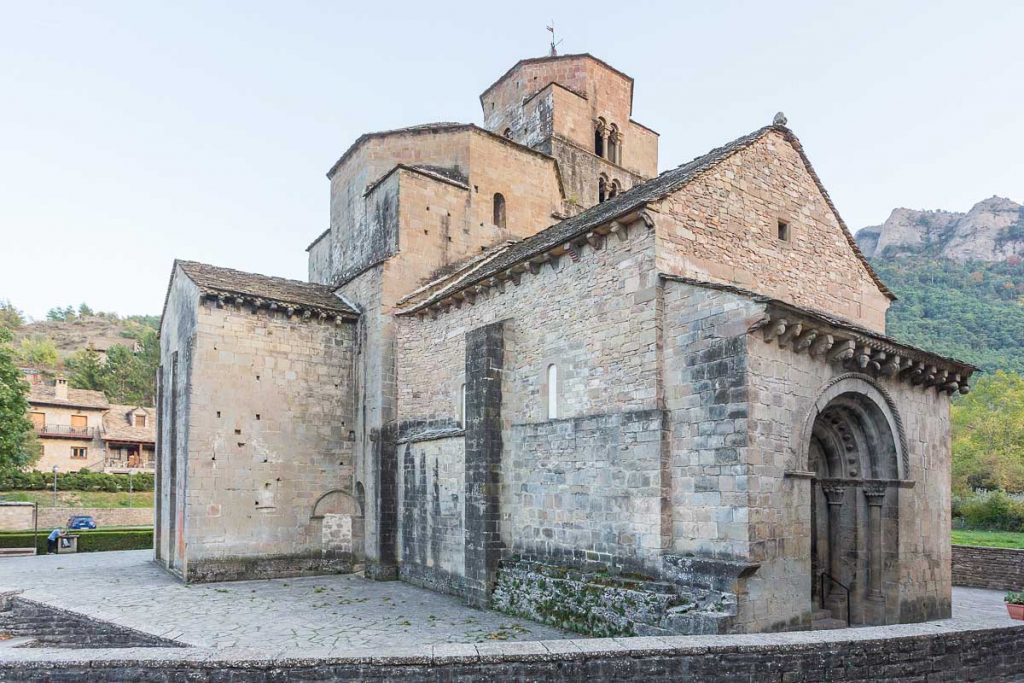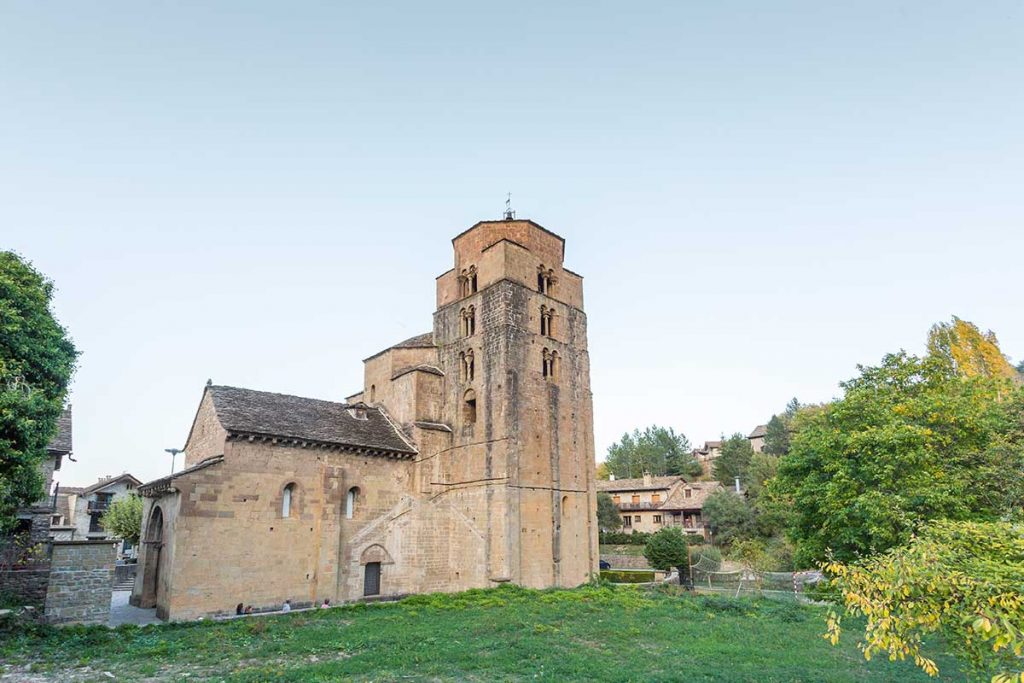Seven kilometres far from San Juan de la Peña, in the beautiful village of Santa Cruz de la Serós, in the heart of the Pyrenees, lies the Romanesque church of Santa María (Saint Mary’s), a temple which belonged to the once existing monastery of Santa María de la Serós.
Founded around 1059 by Ramiro I, the first king of Aragon, the monastery was inhabited by Benedictine nuns under the authority of San Juan de la Peña. During the 11th and 12th centuries, a certain number of women from the Aragonese nobility lived within its walls, the three daughters of the monarch among them: the royal ladies Aresa, Urraca and Sancha.
The monastery reached a period of grandeur when Lady Sancha, widow to Count Ermengol III of Urgell, entered it as abbess in year 1070. Lady Sancha was a key player at that time, a strong supporter to renew the old structures in the kingdom, and her work contributed to its modernization and its opening towards the rest of Europe. After her death, in 1095, she was buried in the monastery in a splendid sarcophagus currently located in the Royal Monastery of the Benedictines in Jaca.
Monastery of San Juan de la Peña ticket includes access to Church of Santa María.
Prices and Schedules
In year 1555 the Benedictine nuns moved to Jaca and the monastic buildings were abandoned to be dismantled, reusing many of its ware in the houses of the village. Only has the church survived from the amazing monastery of the 11th century, as an outstanding example of Romanesque Aragonese architecture. Its sturdy dimensions speak of its both defensive and religious functions. It has a beautiful construction inspired by the cathedral of Jaca and has a tall tower and robust volumes, being without a doubt the most outstanding bell tower within the Aragonese Romanesque style.
The church of the old monastery of Saint Mary in Santa Cruz de la Serós was declared a part of the Spanish Heritage in 1931 and in 2005.








